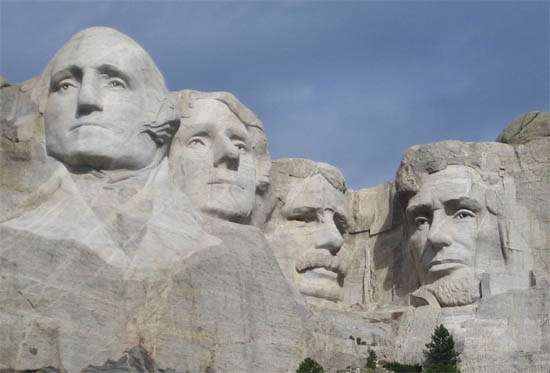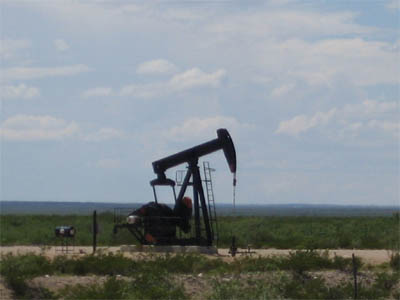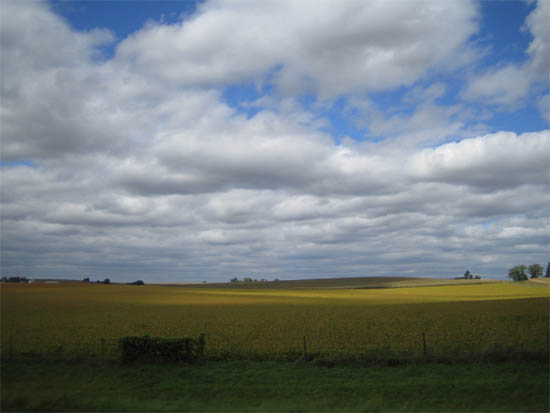Photo by Matthew Kepnes
EVER SINCE FORD first rolled out the Model T, America has had a love affair with the automobile.
The country grew up around cars. They allowed us to travel the vast distance of America, move quicker, and further our sense of freedom and adventure.
With the rise of the automobile, the great American adventure was born – The Road Trip. Be it two days, two months, or two years, all Americans have done a road trip.
This article will explain why a road trip is still the best way to tour America and include some tips for novice travelers and highway veterans alike.



